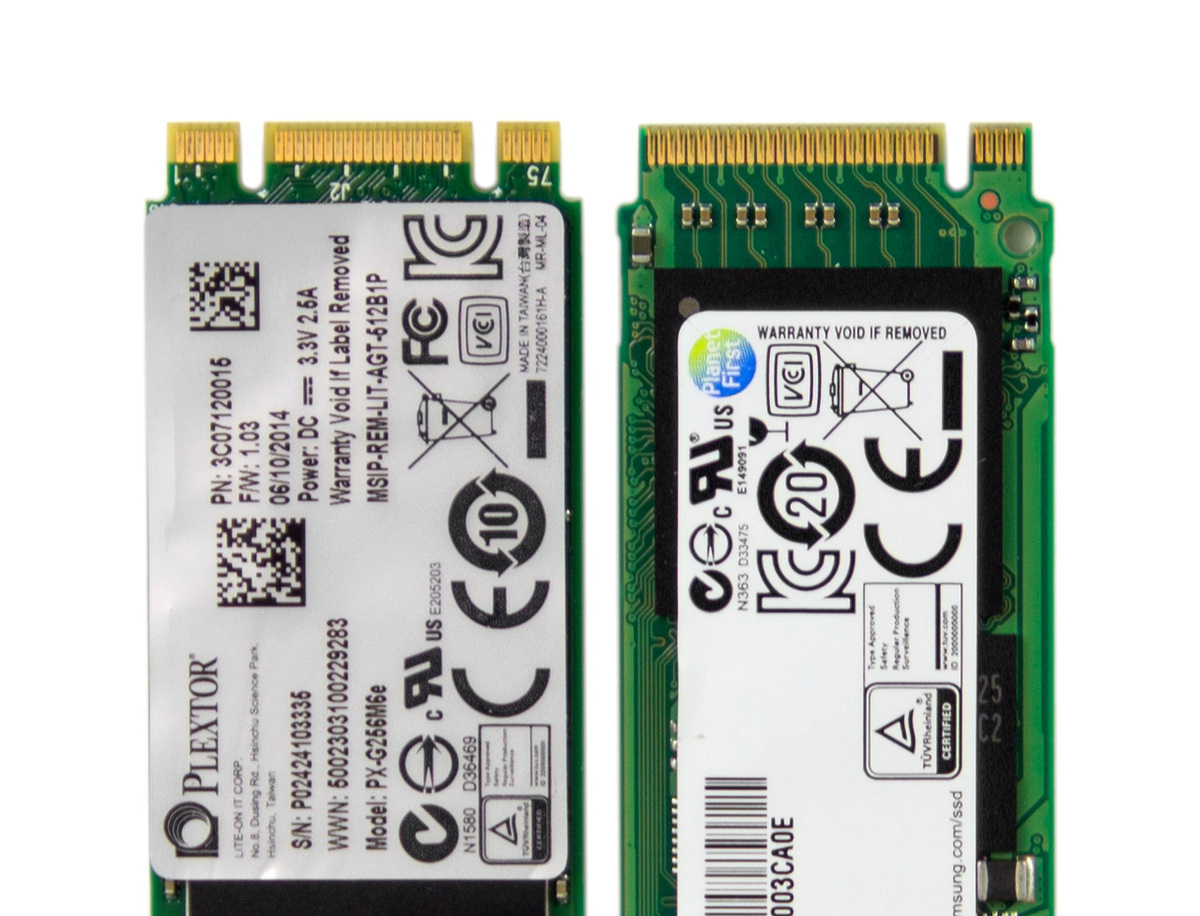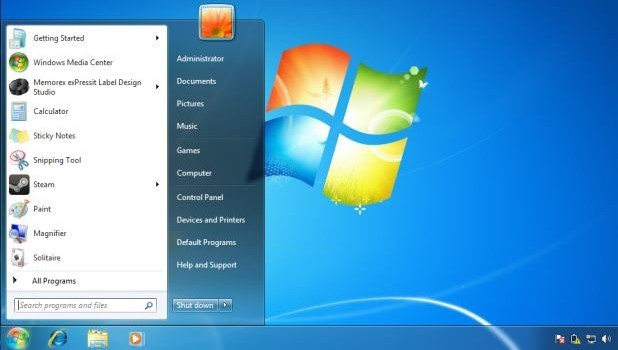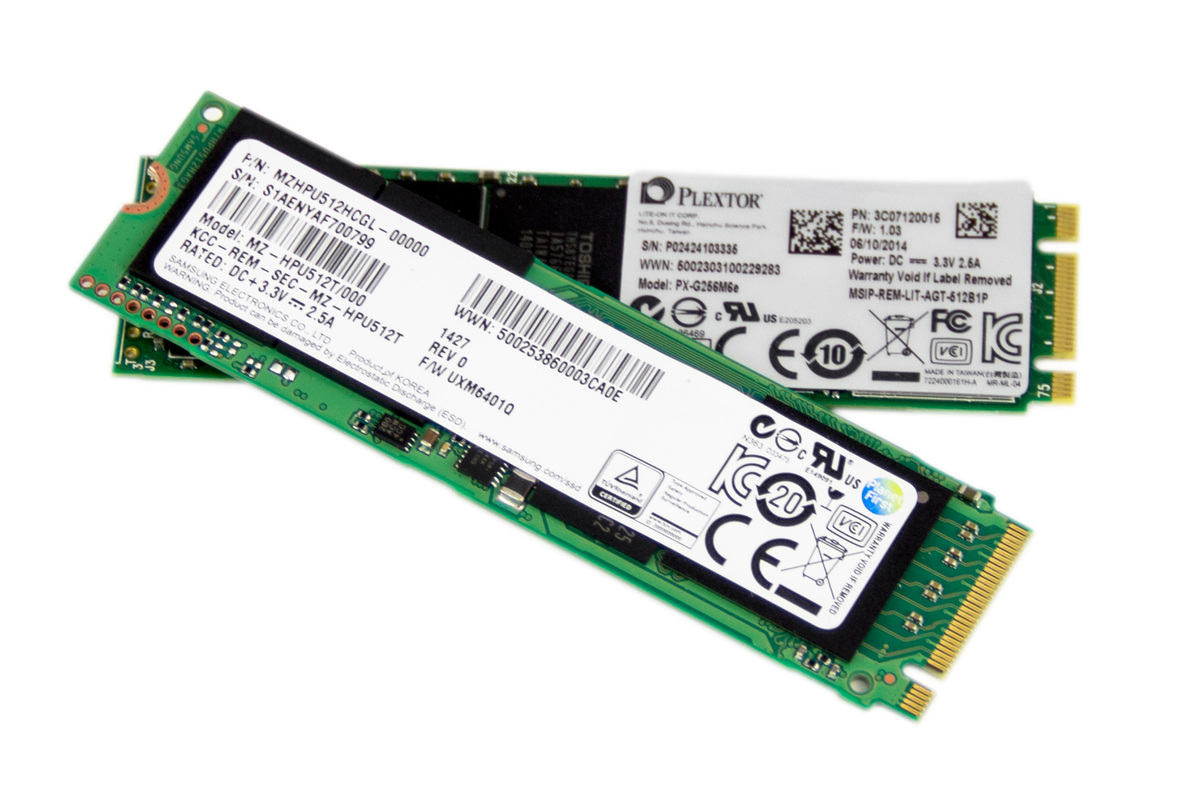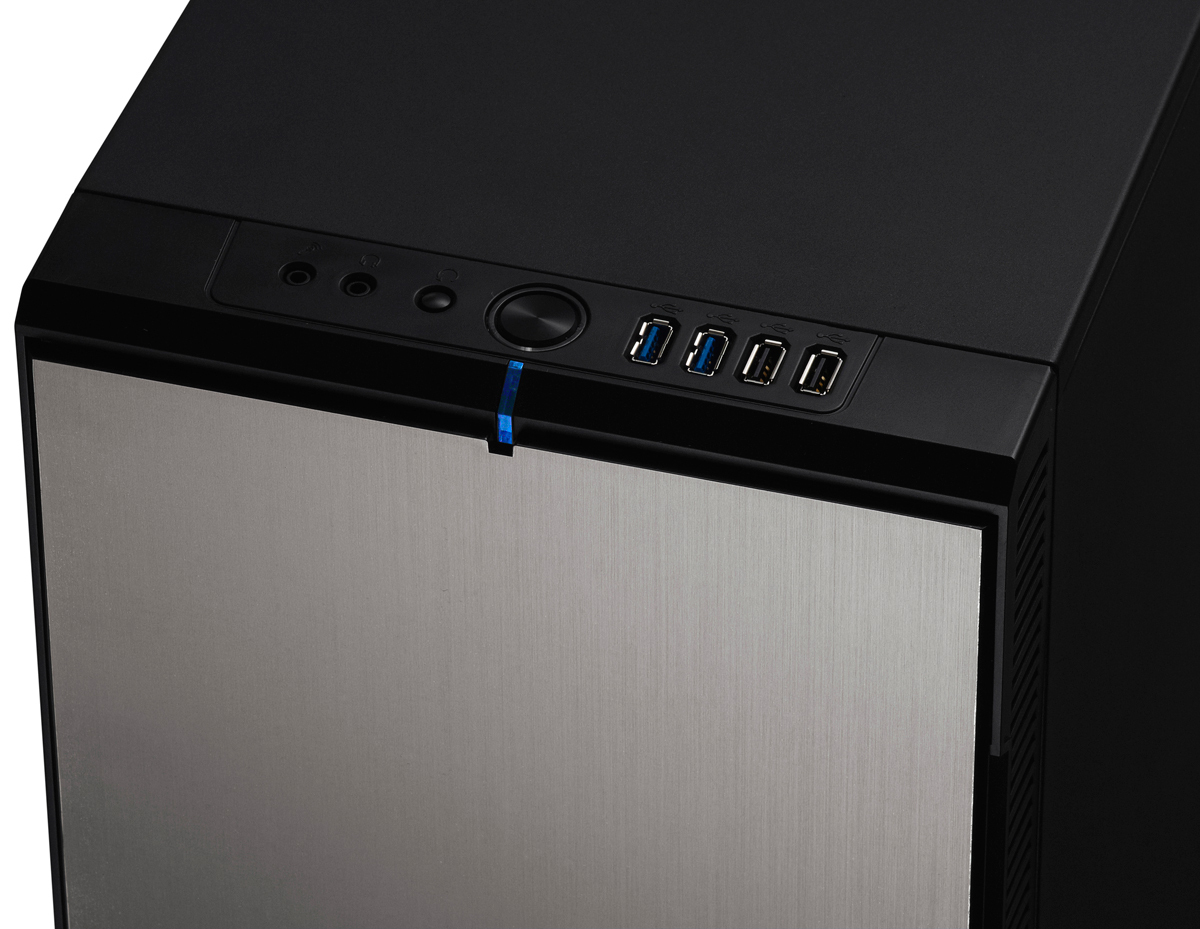M.2 is a new form of connectivity that allows a SSD to connect directly to the PCI-E bus allowing for theoretical speeds as high as 2GB/s. However, M.2 drives are complicated in that they allow for a variety of physical dimensions, connectors, and even multiple logical interfaces. To help our customers understand the nuances of M.2 drives, we decided to publish this overview of M.2 SSDs.









